Module 1: The Control of Vehicle and Eco Driving Techniques
For professional drivers in Ireland, completing the Driver CPC (Certificate of Professional Competence) training is essential for maintaining their qualification.
The Control of Vehicle and Eco Driving Techniques (CVEDT) module is a critical part of this programme, designed to improve driving efficiency, reduce environmental impact, and enhance road safety. At Lynch CPC, we ensure that drivers receive expert guidance on how to optimise vehicle control while implementing fuel-efficient driving techniques.
Key Learning Objectives of the CVEDT Module
This module is designed to provide drivers with in-depth knowledge and practical skills in the following areas:
Optimising Fuel Consumption
-
How to Maintain Optimal Speed: Avoiding excessive speeds reduces fuel consumption and extends vehicle longevity.
-
Gear Selection Strategies: Using the right gear at the right time ensures efficient fuel use and minimises engine wear.
-
Avoiding Unnecessary Idling: Idling wastes fuel and increases emissions. Turning off the engine when
-
Tyre Pressure Management: Under-inflated tyres increase rolling resistance, leading to higher fuel usage.
-
Aerodynamics and Load Distribution: Poorly secured loads and open windows can create drag, increasing fuel consumption.
Understanding Vehicle Dynamics
-
Weight Distribution and Its Effects on Handling: Poor weight distribution can impact braking efficiency and stability.
-
Traction and Grip Levels: How road conditions, weather, and tyre conditions affect grip and control.
-
Higher speeds drastically increase braking distances, making vehicle control more challenging. The Impact of Speed on Stopping Distances:
Efficient Acceleration and Braking Techniques
-
Progressive Acceleration: Gradual increases in speed improve fuel efficiency and reduce engine strain.
-
Anticipatory Braking: Braking smoothly rather than suddenly conserves fuel and reduces brake wear.
-
Using Engine Braking: Letting the engine slow the vehicle rather than relying solely on brakes can improve efficiency and prolong brake life.
Use of Modern Vehicle Technologies
-
Cruise Control: Helps maintain a constant speed, reducing unnecessary fuel consumption.
-
Eco Mode Features: Many vehicles now have built-in fuel-saving modes.
-
Telematics Systems: Real-time monitoring helps track fuel consumption and driving efficiency.
-
Regenerative Braking (for Hybrid Vehicles): Converts kinetic energy into electrical energy, improving overall efficiency.
Minimising Environmental Impact
-
Reducing Carbon Footprint: Using fuel-efficient techniques lowers CO2 emissions.
-
Avoiding Aggressive Driving: Harsh acceleration and braking increase fuel consumption and emissions.
-
Efficient Route Planning: Choosing less congested routes and avoiding unnecessary detours can save fuel.
-
Vehicle Maintenance for Reduced Emissions: Regular servicing ensures engines run efficiently and produce fewer pollutants.
Enhancing Road Safety Through Better Vehicle Control
-
Maintaining Safe Following Distances: Keeping adequate space between vehicles reduces collision risks.
-
Adapting to Weather Conditions: Wet, icy, or foggy conditions require adjusted driving techniques.
-
Managing Fatigue and Distractions: Avoiding drowsy driving and minimising in-vehicle distractions enhances focus.
-
Emergency Handling Techniques: Knowing how to react in critical situations can prevent serious accidents.
Book Module 1 Course
Here you will find the latest Module Courses scheduled for the coming months. If you are unable to attend these dates please get in touch with us today by clicking the contact buttons below.
CPC Training Modules Covered
Lynch CPC delivers all five RSA-approved CPC modules, ensuring full compliance with EU driver CPC regulations:








